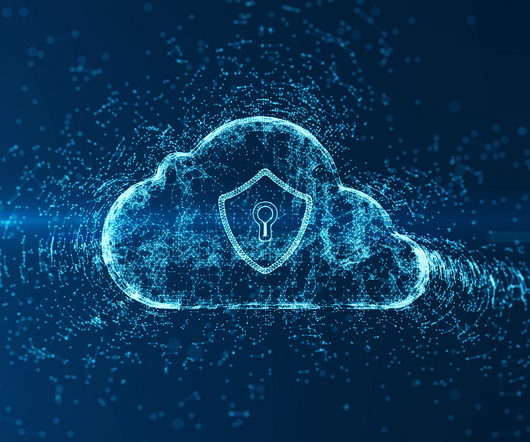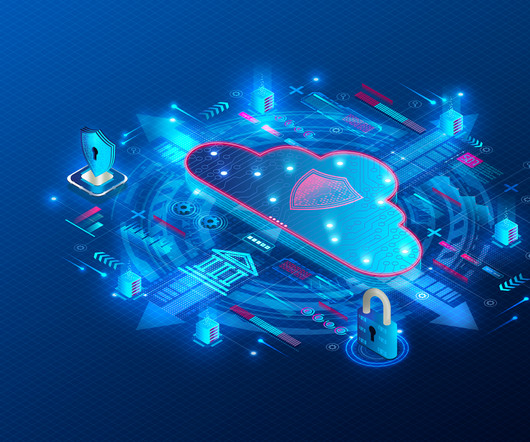Network Security Architecture: Best Practices & Tools
eSecurity Planet
APRIL 26, 2024
Network security architecture is a strategy that provides formal processes to design robust and secure networks. Effective implementation improves data throughput, system reliability, and overall security for any organization.




















Let's personalize your content